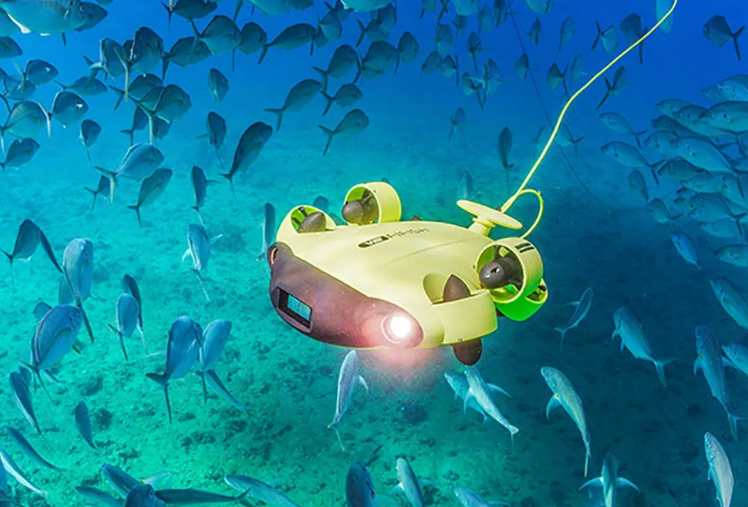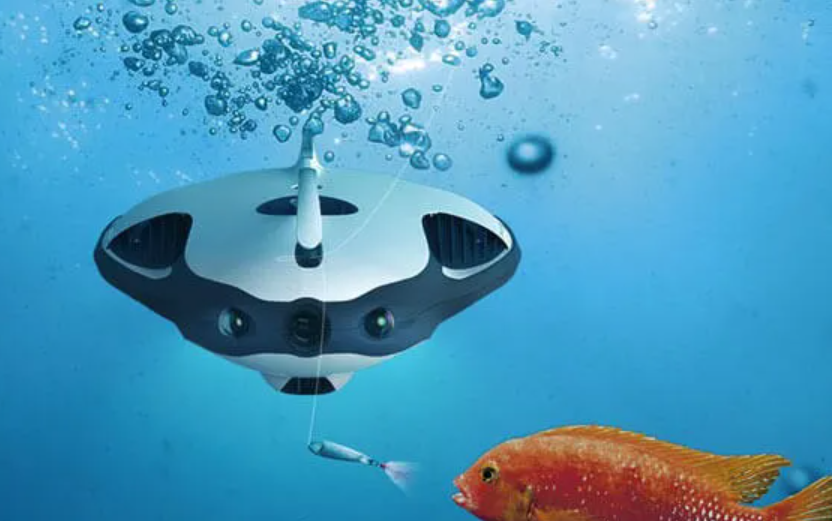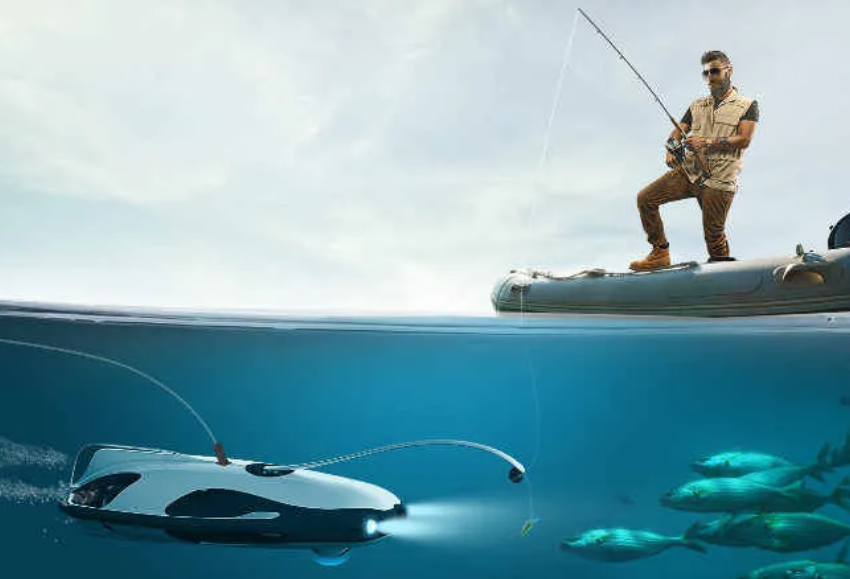Have you ever pondered what is found underneath the ocean’s surface, where sunlight can hardly penetrate? Curiosity about the vast, enigmatic underwater environment has always captured humans. Through the invention of underwater drones, we now have the means to explore these depths like never before, thanks to technological developments. In this post, we’ll delve into the world of underwater drones and explore their uses, applications, and amazing effects across a range of industries.
Table of Contents
Introduction
The realm below the waves has long piqued people’s interest. The oceans are full of mysteries, from the thriving coral reefs bursting with life to the deep depths that are still uncharted. Drones that operate underwater have proven to be a useful tool for unlocking these mysteries and enabling us to access previously unreachable depths.
Understanding Underwater Drones
A submersible device created to navigate the underwater environment is referred to as an aquatic uav or underwater remotely operated vehicle (ROV). Underwater drones can travel to great depths without endangering human lives, in contrast to conventional submarines or manned vehicles. These drones are designed for particular jobs and conditions and come in a variety of sizes and designs.
How Do Underwater Drones Work?
Drones that operate underwater are outfitted with cutting-edge propulsion systems, cameras, sensors, and occasionally robotic arms. A tether that transfers data and electricity connects them to a control station on the surface. While controlling the drone from a distance, the operators get real-time video and data from the sensors.
Applications of Underwater Drones

Marine Research
Marine science has been revolutionized by undersea robots. Without disturbing them, scientists can examine marine life, ecosystems, and undersea geological structures. This has sparked ground-breaking research and increased knowledge of our waters.
Environmental Monitoring
Maintaining biodiversity necessitates monitoring ocean health. Drones that operate under are an essential tool for gathering information on pollution, temperature, and water quality. The development of successful conservation initiatives is aided by this facts.
Search and Rescue Operations
Drones that are underwater are used in maritime catastrophes to look for survivors and wreckage. They are vital equipment in search and rescue operations due to their agility and capacity for navigating confined locations.
Oil and Gas Industry
In the oil and gas sector, drones operating underwater are used to monitor infrastructure such as pipelines and drilling rigs. They can spot possible problems and flaws, eliminating the need for expensive and dangerous human inspections.
Challenges and Future Prospects
While drones operating underwater have made new possibilities possible, they also have drawbacks such limited battery life, deep-sea pressure, and communication difficulties. However, continual developments in technology and materials are resolving these problems, making undersea exploration’s future optimistic.
Choosing the Right Underwater Drone

The intended usage, required depth, and price all go into the choice of an undersea drone. Professional drones are designed for deep-sea research and difficult missions, whilst consumer drones are best for amateurs and shallow-water exploration.
Comparing Consumer vs. Professional Drones
Commercial drones are easier to use and more cost-effective, but their depth capabilities and payload possibilities are constrained. Industrial drones, in contrast, come with more sophisticated features, greater endurance, and the capacity to survive harsh environments.
Maintenance and Care
The longevity and effectiveness of drones that operate underwater depend on proper maintenance. Their dependability is influenced by regular cleaning, software upgrades, and storage in a controlled environment.
Safety Precautions
Following safety procedures is necessary when using undersea drones. To prevent mishaps and assure mission accomplishment, operators should receive training in drone operation, emergency procedures, and data interpretation.
Innovations in Underwater Drone Technology

Drones that operate underwater are getting better thanks to new technology. These advances are enhancing the capabilities of undersea exploration, from increased energy efficiency to more advanced sensors.
The Role of AI in Underwater Exploration
Drones that operate underwater greatly benefit from artificial intelligence thanks to its ability to do autonomous navigation, real-time data analysis, and even marine species identification. The effectiveness and precision of underwater missions are improved by the integration of AI.
Conclusion
Drones operating underwater have opened up previously unimaginable prospects for research and discovery in the vastness of the world’s oceans. These amazing tools have transformed our understanding of the undersea world through scientific research and commercial uses. Drones operating underwater will continue to shed light on the mysteries that lurk beneath the waters as science and technology develop.
FAQ
Are underwater drones capable of reaching the deepest parts of the ocean?
While some advanced underwater drones can reach impressive depths, the pressure and conditions in the deepest parts of the ocean remain a significant challenge.
Can I use an underwater drone for recreational purposes?
Absolutely! There are consumer-grade underwater drones designed for hobbyists and underwater enthusiasts.
How do underwater drones manage to withstand water pressure?
Underwater drones are constructed using durable materials and innovative engineering techniques that allow them to resist the immense pressure of the deep sea.
Are underwater drones a threat to marine life?
When operated responsibly, underwater drones pose minimal threat to marine life. In fact, they contribute to better understanding and conservation efforts.
What does the future hold for underwater drone technology?
The future looks promising, with ongoing developments in AI, materials science, and energy storage that will continue to enhance the capabilities of underwater drones.

